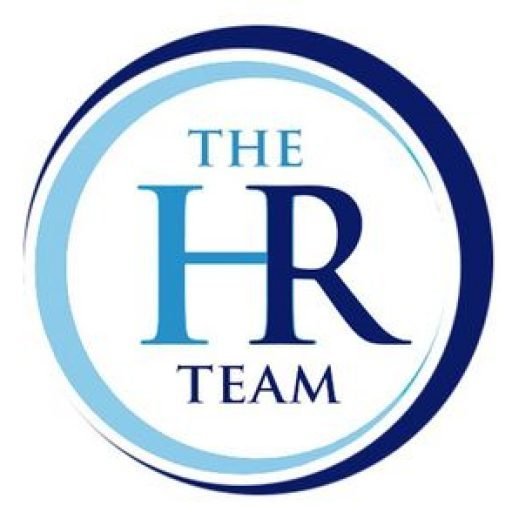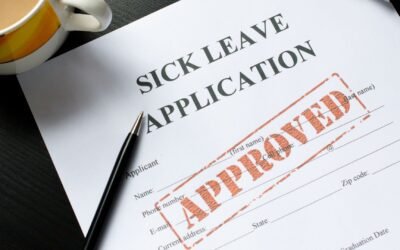The law protects employees from discrimination in the workplace in parts 5 – 18 of the Equality Act 2010. They are protected from being treated differently or unfairly at work because of who they are.
An intimidating, hostile or offensive working environment which unreasonably interferes with work performance or negatively affect an individual’s employment opportunities is against the law.
The treatment may be aimed at an individual personally, known as having a protected characteristic. On the other hand, it could be a Company policy or rule for everyone which affects one person more. These include:
- Age Discrimination
- Disability Discrimination
- Sexual Orientation & Gender Identity
- Marital Status
- Parental Status
- Religion or Belief
- Sexual Harassment
- Race, Nationality, Ethnicity and Colour
Employees are also protected from discrimination if they are associated with someone who has protected characteristics or supported someone else’s claims.
Age Discrimination
The law protects individuals from employment discriminatory behaviour which is based on age. The groups covered are:
- Young or old
- In a particular age group – such as 15-18 or under 60
- Of a specific age – such as 50-year-olds
Disability Discrimination
The law defines that individuals are covered for any disability they currently have, alongside past disabilities. The disability could be physical or mental, and they don’t have to consider themselves disabled to be covered. To find out if a person’s mental health problem is considered a disability, read here. Generally, employers can’t ask their employees questions about their mental health before a job offer is made, though there are some exceptions. Check to see which disabilities are covered here.
Sexual Orientation & Gender Identity
Sexual discrimination occurs when people are treated differently based on their gender identity. The law further forbids any employment discrimination based upon sexual orientation. The law is in place for men, women or if they identify as non-binary. Gender reassignment laws apply if a person is planning to transition (even if they haven’t yet undergone medical treatment), are in the process of transitioning or have already transitioned. This law is complicated, so we recommend seeking specialist advice.
Marital Status
Regulations prohibit employment discrimination if an employee is legally married or in a civil partnership. They are still protected if separated but their marriage or civil partnership has not been legally dissolved. They are not covered if they are:
- single
- engaged to be married
- divorced or your civil partnership has been dissolved
- living with someone as a couple
- widowed
Parental Status
It is illegal to discriminate against an individual based on their parental status. Status as a parent is defined as an individual who has responsibility for an individual who is under the age of 18, or 18 and older but incapable of self-care because of a physical or mental disability. Parental types include:
- biological parents
- adoptive parents
- foster parents
- step-parents
- legal custodians
- those actively seeking legal custody or adoption
There are laws in place for pregnant employees, rights for maternity leave and return to work rules. Under this Act, discrimination on the basis of pregnancy, childbirth, parental responsibility or related medical conditions constitutes unlawful status as a parent discrimination.
Religion or Belief
Employers are prohibited from discriminating against individuals due to their religion. The law requires employers to reasonably accommodate the religious practices of an employee or prospective employee (unless doing so would create undue hardship on the employer). Religion is not limited to traditional denominations. Atheists are protected because of their sincere lack of religious beliefs.
Sexual Harassment
Sexual harassment is unwanted and unwelcome advances of a sexual nature. It consists when a deliberate verbal comment, gesture or physical contact of a sexual nature is made. Sexual harassment can be cited from a single incident or regular events. Gender is irrelevant and a victim can be anyone affected by the offensive conduct.
Race, Nationality or Colour
It is illegal to discriminate against an employee because of an individual’s birthplace, ancestry, culture or linguistic characteristics. This includes colour, nationality, race and ethnic origin.
Race discrimination occurs when employees are treated differently than other employees because of unalterable characteristics, such as physical features attributed to their race. Colour discrimination occurs when employees are treated differently due to their skin pigmentation. Read more in the EHRC Code of Practice on Employment here.
Summary
The Equality Act 2010 is a law that gives employees who experience discrimination at work the legal right to challenge it. This law protects you against discrimination at work for:
- dismissal
- employment terms and conditions
- pay and benefits
- promotion and transfer opportunities
- training
- recruitment
- redundancy
An employee does not have to have a written contract for their employer to be responsible for discrimination against them. They are covered by the law if they are:
- an employee
- an apprentice
- working under an agreement that they are paid to work
- a former employee
- self-employed or freelancing
- a casual worker
If you are worried about potential discrimination within your organisation, we recommend trying to resolve disputes informally in the first place. Please contact The HR Team for further advice. You can also read here for further advice regarding an employee’s rights against discrimination in the workplace.





